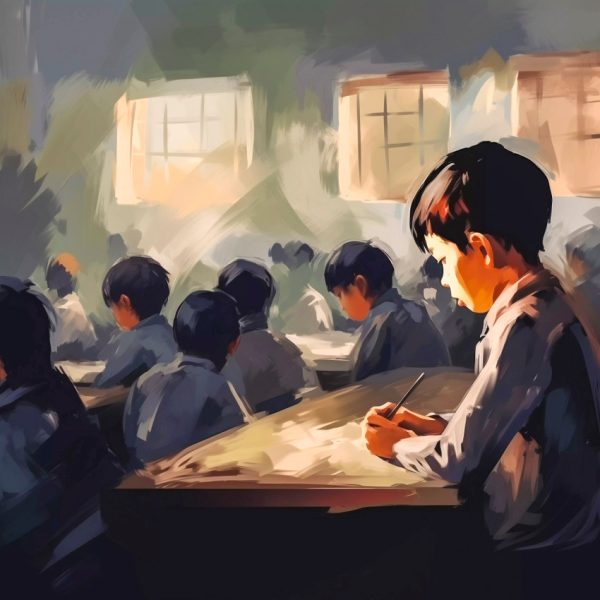"Enlightening Pages: Discovering Life Lessons Through Educational Novels"
Educational novels are an increasingly popular form of children’s fiction that strives to educate while engaging children through captivating plotlines. Recently, educational novels have seen an increased surge in their popularity due to their unique blend of fun and instruction that makes learning an engaging process.
Instructional novels aim to broaden readers’ knowledge and comprehension of a subject through engaging narrative structures that make difficult subjects accessible, engaging and relatable for readers. By immersing themselves into the story and its characters, readers are better equipped to acquire new information quickly and effortlessly.
Reading instructional novels has an incredible effect on readers’ language and reading abilities, in addition to imparting vital knowledge. Exposure to various words, phrases, and writing styles is shown to improve language abilities significantly; and reading these novels forces readers to go deeper, making connections between what’s happening inside their book and reality outside its pages, thus cultivating analytical and critical thinking abilities through further examination of actual situations that exist outside its pages.



Well-known books with educational purposes:
- Harper Lee's "To Kill a Mockingbird"
- James D. Salinger's "The Catcher in the Rye"
- William Golding's "Lord of the Flies"
- Sylvia Plath's "The Bell Jar"
- Mary Shelley's "Frankenstein"
- Scott Fitzgerald's "The Great Gatsby"
- "1984" written by George Orwell
- Jane Austen's "Pride and Prejudice"
- Aldous Huxley's "Brave New World"
- Chinua Achebe's "Things Fall Apart"
Educational novels have emerged as a highly effective educational tool. Their innovative combination of narrative elements with educational material makes reading both enjoyable and educational; this priceless contribution to literature helps readers not only acquire new information but also expand as people and thinkers.

CAMPUS NOVELS
Campus novels (SCN) are fiction writings which depict faculty/student relationships in educational settings – their successes and struggles being explored herein.

BOOKS ABOUT SCIENCE AND MATHEMATICS
These texts explore learning through science or mathematics principles while including essential learning objectives such as scientific discoveries or principles that form their basis.
BOOTSTRAPENROMAN
These tales depicting a boy or girl coming-of-age are called Bildungsromans; their themes revolve around them through their journey into adulthood and adolescence.

HISTORICAL EDUCATIONAL NOVEL
These novels tell of school or student life during specific eras and features characters who live these experiences first-hand.


BOOKS ABOUT FAITH BASED EDUCATION
These stories show how students’ religious practices and beliefs become integrated throughout their educational experience.

SELF-IMPROVEMENT NOVELS
Novels that encourage readers to develop themselves both professionally and personally are known as “professional development” or “self-improvement” books.
SOCIAL ISSUE EDUCATIONAL NOVELS
Novels that employ education as a lens through which to discuss pressing social issues are included here as the sixth category.

MEMOIR-STYLE EDUCATION NOVELS
Biographical or Memoir-style novels about education explore its effects and path on real people, depicting both educational history as it unfolds as well as any future effects from attending schools of any sort.

What authors of instructional books must cover
Copyright @2024 . GAILOLMSTED. All Rights Reserved.
